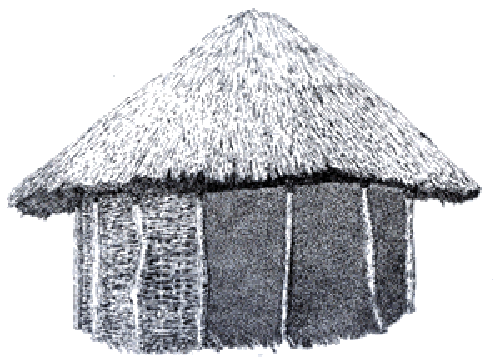

Malawi Vernacular Architecture
Documentation for Preservation
Fango village:
This was the first village documented which was right at the border with Mozambique. The chief gave us a tour of the village and random structures were documented. A unique detail of the porch being partially enclosed, straps for the roof structure being tied through the openings in the walls. Also documented were pigeon coops and kilns.
Nsanje

Mbenje village:
This structure had the roof poles redone and thatch was being stored upon it waiting for the rainy season.




Newly constructed burnt brick home with roof ready to be thatched.
Holes are created in the burnt brick walls to allow a bark strap through to tie down the roof structure.
A small porch with a wall was a common element.
Kilns are created by stacking bricks. Wood will be placed in the openings, set on fire and then closed off to burn the bricks.
.

Bundles of thatch are stored on the roof structure and will be thatched when the 1st rains come.

Download all the pictures from Nsanje district on my Flickr gallery.




